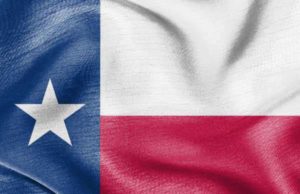
Canadian census history can be traced back to the country’s colonial origins, as a settlement known as New France, as was administered to the comparatively meager residents of the area in 1666, as revealed no more than 2315 European settlers living in the landmass later identified as a political entity as Canada.
As a contemporary practice, however, a Census in Canada which fully included the whole range of the nation can first be seen taking place in 1871. The Canadian census was at that time under the administrative purview of the British North America Act, Section 8.
As such, the requirement to carry out a Census in Canada was fixed for every ten year interval. In the current era, on the other hand, the Canadian Census is a five year event, in contrast with many of the other large nations of the developed world, which typically find the expenses associated with census-takings so close in time to each other to be unfeasibly financially onerous.
Before the 1906 period, all Canadian census records generated from these activities can be fully accessed by members of the general public, including as to the personal details of respondents to such Census in Canada questionnaire forms.
By contrast, beginning with 1911 Canadian census documentation, “modern” documents generated from Census in Canada proceedings, as pertains to much of the 20th century, are kept confidential. In the early 21st century, legislative conflict erupted over the release of 1911 Canadian census forms, leading to the passage of the 2005 “Act to amend the statistics act.”
































